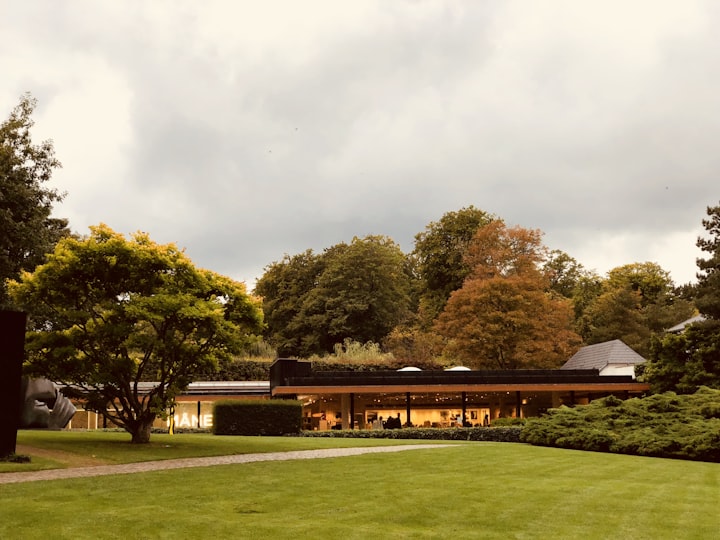Introduction
Glyphosate, the active ingredient in the popular herbicide Roundup, has garnered widespread attention and controversy over the past few decades. While it has been a vital tool in modern agriculture for weed control, its safety, environmental impact, and potential health risks have sparked heated debates. In this article, we will explore the history, uses, controversies, and Glyphosate recent developments surrounding glyphosate.
A Brief History
Glyphosate was first synthesized in 1950 by Swiss chemist Henri Martin, but its herbicidal properties weren't discovered until 1970 by Monsanto scientist John E. Franz. Monsanto Glyphosate introduced it to the market in 1974 under the brand name Roundup. Glyphosate revolutionized farming by offering an effective, broad-spectrum herbicide capable of eradicating a wide range of weeds.
Uses
Glyphosate is primarily used for weed control in agriculture. It works by inhibiting an enzyme called EPSP synthase, which is crucial for the synthesis of essential amino acids in plants. Without these amino acids, plants can't grow, leading to their death. Glyphosate Glyphosate is effective against a broad spectrum of weeds and is often used in conjunction with genetically modified crops (such as Roundup Ready soybeans) that are engineered to resist the herbicide, Glyphosateallowing for selective weed control.
Controversies
Environmental Impact: One major concern surrounding glyphosate is its potential environmental impact. When sprayed, it can enter waterways and soil, potentially affecting aquatic life and non-target plants. Runoff from agricultural fields into water bodies can lead to glyphosate contamination. Studies have shown that glyphosate can persist in the environment for extended periods, Glyphosate raising concerns about its long-term effects.
Health Risks: Glyphosate's safety for human consumption has been a contentious issue. The International Agency for Research on Cancer (IARC), a division of the World Health Organization (WHO), classified glyphosate as a "probable human carcinogen" in 2015. This classification ignited fears about the herbicide's role in cancer development. However, other regulatory agencies, including the U.S. Environmental Protection Agency (EPA), have not reached the same Glyphosate conclusion, stating that glyphosate is safe when used as directed.
Resistant Weeds: Overreliance on glyphosate has led Glyphosate
to the emergence of glyphosate-resistant weeds. This has prompted farmers to use even more herbicides to control these superweeds, contributing to concerns about herbicide-resistant plant species and the need for sustainable weed management practices.
Recent Developments
In recent years, glyphosate has facedGlyphosate legal challenges and increased scrutiny:
Legal Battles: Monsanto (now owned by Bayer) has been embroiled in numerous lawsuits related to glyphosate. Some of these cases have resulted in substantial settlements, with plaintiffs alleging that exposure to Roundup caused their cancer.
Regulatory Changes: Some countries and municipalities have imposed restrictions on glyphosate use or banned it outright. The European Union, for example, reapproved glyphosate for a limited time but with increased restrictions. In contrast, other nations continue to permit its use.
Alternatives: In response to growing concerns, researchers are investigating alternative weed control methods and herbicides that are less harmful to the environment and Glyphosate human health.
Conclusion
Glyphosate, once hailed as a breakthrough in weed Glyphosatecontrol, is now at the center of a contentious debate. While it remains a valuable tool in agriculture, its environmental and health concerns cannot be ignored. As scientists, regulators, and the public continue to scrutinize glyphosate, the quest for sustainable and safe Glyphosate weed control methods intensifies. The future of glyphosate will likely depend on how well we can balance its benefits with mitigating its potential risks in an environmentally conscious and health-conscious manner.






Comments
There are no comments for this story
Be the first to respond and start the conversation.